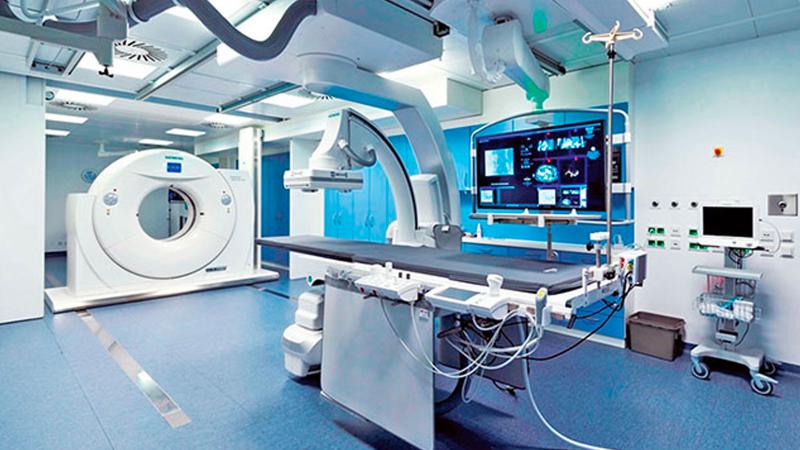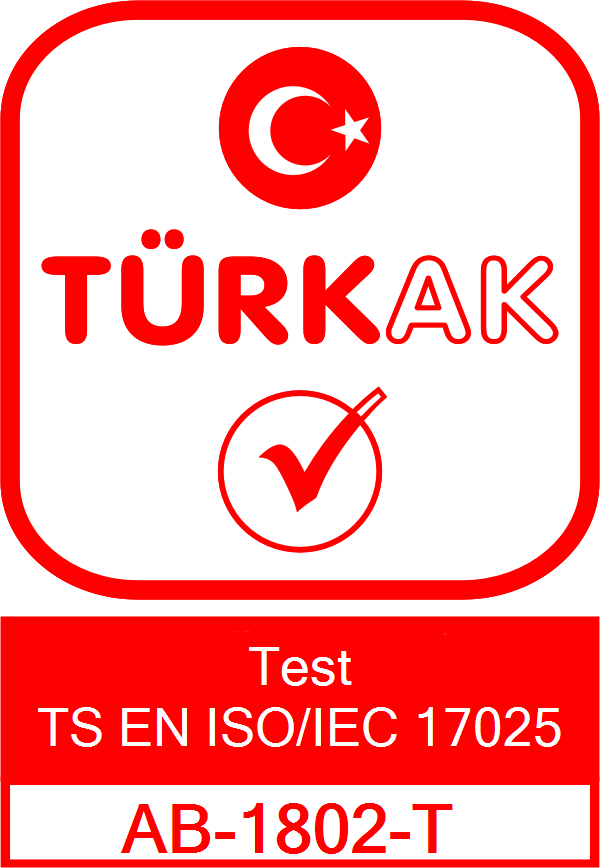
General Requirements for Basic Safety and Basic Performance (EN 60601-1)
General Requirements for Basic Safety and Basic Performance (EN 60601-1)
Contents
The EN 60601-1 standard is a standard for the basic safety and performance requirements of medical electrical devices. This standard aims to reduce the risks that may be encountered during the design, manufacture and use of medical devices.
Standard; It specifies the minimum safety and performance specifications sought in medical devices to protect patients, operators and the environment.
**General Requirements for Core Safety and Essential Performance are:**
1. **Basic Safety**: The device should not pose any danger during normal use or in case of any malfunction.
2. **Electrical Safety**: The devices must provide protection against electric shock and have appropriate grounding and insulation properties.
3. **Mechanical Safety**: Devices must be mechanically stable and should not harm the user or patient.
4. **Heat and Energy Safety**: Devices must not harm the user or the patient in case of overheating or emitting energy.
5. **Radiation Safety**: If the device emits radiation, this radiation must be within safe limits.
6. **Biological and Microbiological Safety**: Devices must not pose a biological or microbiological hazard.
7. **Chemical Safety**: Devices must not emit or contain harmful chemicals.
8. **Basic Performance**: The device must operate as specified and intended and meet certain performance criteria.
9. **System and Software Security**: The software and systems of medical devices must ensure safe and effective operation of the device.
10. **Certification and Labeling**: The device must have appropriate documentation, labeling and user manual.
EN 60601-1 covers only basic safety and performance requirements. However, due to the wide variety of medical devices, this standard as well as other EN 60601 series standards provide additional requirements and guidance for specific medical device categories.
Enforcing this standard makes medical devices safer and thus contributes to the protection of patients, healthcare professionals and the general public.

